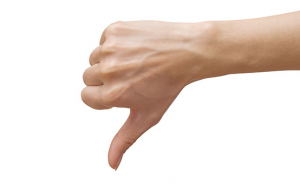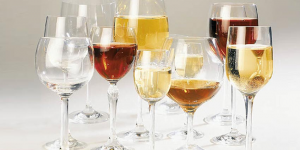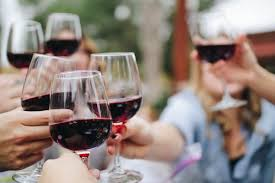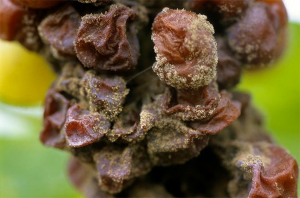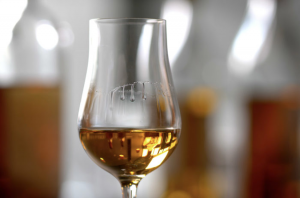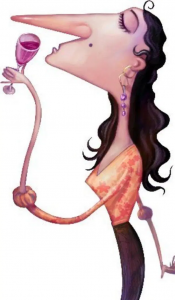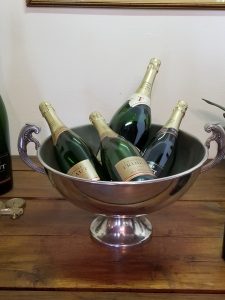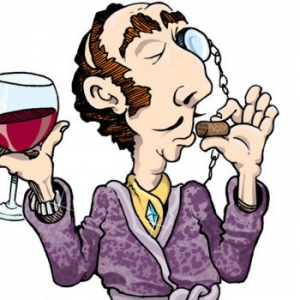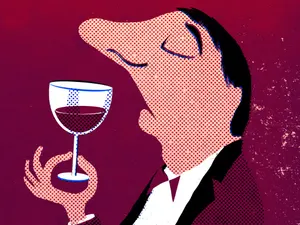When you go wine tasting, you don’t expect to like everything you try. In most cases, that’s simply a matter of taste. No winery is capable of appealing to everyone and no visitor is required to like everything he or she samples. But here we’re not talking about a wine you just don’t enjoy. It doesn’t happen often but in some rare cases, the wine that’s put in you glass is simply tainted. Sadly, it happens with bottles that you bring home from the store, too.
Photo courtesy of Sentara Healthcare.
When it happens in a tasting room, it’s fairly important to recognize the flaw in what you’re tasting and report it to the server or the tasting room manager. They want to know if there’s a problem and prevent shipment of wines that are simply bad. Each of the following instances has happened to us at one time or another although, as we say, it’s been rare.
- Brett This taint is caused by the presence of a yeast called Brettanomyces, or brett for short. It is a bit difficult to discuss, for two reasons. The first is that brett is only described in euphemisms, most often as “barnyard smell”. It’s easy to get the point: Brett makes wine smell and taste really bad. But the other difficulty is that some people (including winemakers) actually like a little bit of that smell. And who’s to say much is “a little bit”? Brett seems more prevalent in Pinot Noir, especially French Burgundies and is much sought after by some connoisseurs. But if brett shows up in your glass and it’s clearly too much, mention it to your server, but be prepared to be told, “It’s supposed to taste that way.”
- Corked wine Winemakers are not responsible for corked wine, but cork manufacturers are. There are some fungi in cork trees which may appear when the bark of trees is turned into bottle closures. It’s a chemical called TCA (2,4,6 – trichloroanisole) or simply TCA. Once in contact with the wine, it imparts an aroma and taste that is often described as wet cardboard. Once corked, the wine cannot recover, no matter how long it’s aged or left to air out. We were once at a renowned winery that is famous for their attention to the science involved in winemaking. After a tour, we were served in a pleasant tasting room. And to our dismay, the first Chardonnay served was corked. We immediately told the server, who was abashed to be sure and she quickly took the cork. The manufacturer and batch were identified on it. She took it to the lab people in the back so they could eliminate those corks from future production. That’s why servers should smell the wine before pouring from a new bottle, avoiding serving corked wine to visitors. This one did not.
- Wine fault There are some cases in which a wine has an off taste, such as rotten eggs, discarded motor oil or swamp. In our experience, this problem occurs rarely, most often following a below average harvest. Some winemakers, rather than accepting the fact that they won’t get good wine that year, play with it, adding chemicals and using techniques to “boost’ the wine. In a few cases, all that effort just makes a poor wine into a bad one. We well remember tasting the poor 2011 vintage at one of Napa Valley’s most famous wineries. One of the wines tasted…rotten. Our server told us that the wine was still young and would improve with age. We tried using a Clef du Vin to see if age would make a difference, but it didn’t. We have since been back to that winery, but we’re always on our guard when we taste there.
